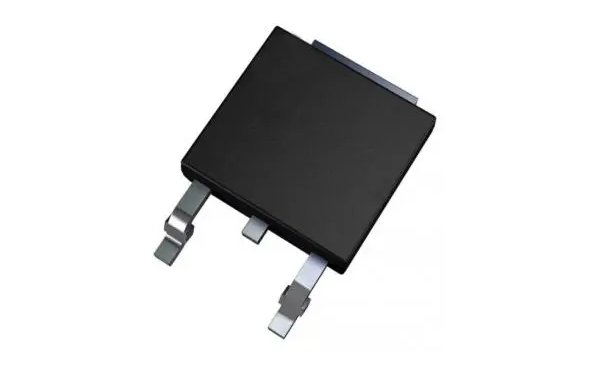The causes and detection methods of IGBT module damage in frequency converters
Date:2024-03-04 16:50:12 Views:292
The IGBT (Insulated Gate Bipolar Transistor) module is the core power component in frequency converters, and its performance and stability directly affect the efficiency and service life of frequency converters. However, in actual operation, IGBT modules often experience damage. This article will explore in detail the main causes of IGBT module damage in frequency converters, and introduce several effective detection methods.
1、 Reasons for IGBT module damage
1. Overvoltage damage: At the moment of starting or stopping the motor, due to the system's back electromotive force or grid surges, the IGBT module may withstand excessive voltage, exceeding its withstand voltage value and causing breakdown.
2. Overcurrent damage: When the motor load is too high, the driving circuit malfunctions, or the cooling system fails, the current flowing through the IGBT module may exceed its rated value, causing device overheating. Long term overload can lead to IGBT thermal breakdown.
3. Electrostatic breakdown: If effective anti-static measures are not taken during installation or maintenance, electrostatic discharge may directly cause damage to the internal components of the IGBT module.
4. Poor heat dissipation: Poor contact between the heat sink and IGBT module, or malfunction of the heat dissipation fan can cause IGBT to burn out due to high temperature after long-term operation.
5. Driver circuit failure: Driver circuit failures such as abnormal driving voltage, distorted driving signal, etc. may cause IGBT to fail to switch on and off normally, leading to device damage.

2、 Detection methods for IGBT modules
1. Appearance inspection: First, conduct a visual physical inspection to check whether the IGBT module has obvious signs of burning, cracking, deformation, etc. At the same time, check whether the connecting wires are loose or disconnected.
2. Static parameter measurement: Use a multimeter to measure the collector emitter resistance (resistance value should be infinite), gate emitter resistance (usually between a few megaohms to tens of megaohms), as well as gate emitter threshold voltage and other parameters of the IGBT, to determine whether there is a short circuit or open circuit situation.
3. Dynamic characteristic testing: Using a dedicated IGBT tester or oscilloscope, inject the driving signal and observe the waveform changes of the output port to determine whether the switching performance of the IGBT is normal.
4. Thermal imager detection: Use an infrared thermal imager to detect the temperature of the IGBT module, identify overheated areas, and identify potential heat dissipation issues or early signs of damage caused by local thermal stress concentration.
5. Online monitoring: For the operating frequency converter, key parameters such as current, voltage, temperature, etc. can be collected through the monitoring system, combined with alarm information to analyze the working status of the IGBT module and timely detect potential faults.
In summary, understanding and mastering the causes and detection methods of IGBT module damage can help us better prevent and solve related faults of frequency converters, improve the safety and reliability of equipment operation, and reduce production costs. Chuangxin Testing is a professional testing institution for electronic components, currently mainly providing integrated circuit testing services such as capacitors, resistors, connectors, MCU, CPLD, FPGA, DSP, etc. Specializing in functional testing of electronic components, appearance testing of incoming electronic components, anatomical testing of electronic components, acetone testing, X-ray scanning testing of electronic components, and ROHS component analysis testing. Welcome to call, we will be happy to serve you!




 Weixin Service
Weixin Service

 DouYin
DouYin
 KuaiShou
KuaiShou




















